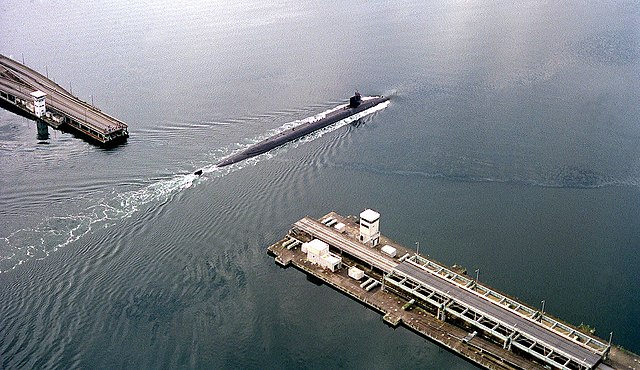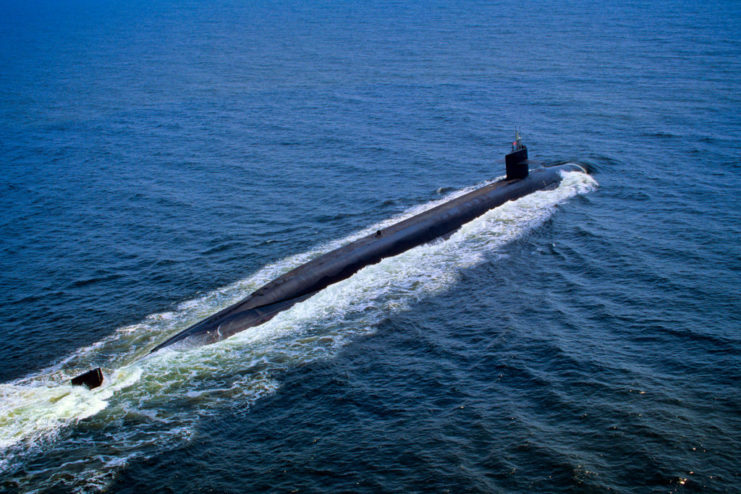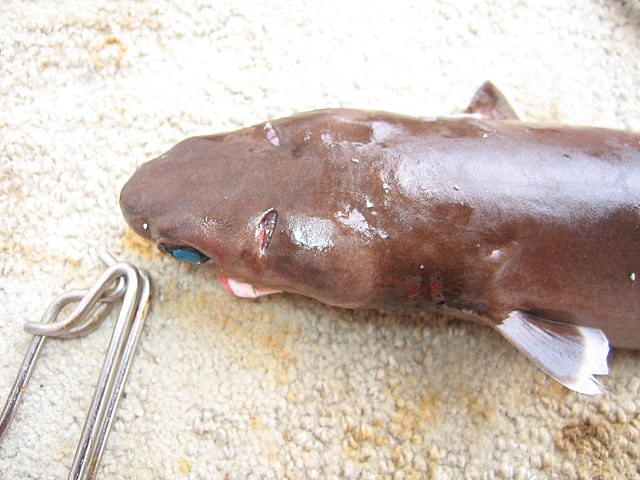A Shark Wreaked Havoc on the US Navy’s Nuclear Submarine Fleet
There are a number of reasons why submarines have been taken out of commission while scouring the depths of the ocean. These include hitting sea mines, being shot at with torpedoes, getting into accidents – some have even been scuttled. There’s one reason, however, that we never thought could cause enough damage to force a submarine back to port: a cat-sized shark.
That’s exactly what was happening to the US Navy‘s nuclear fleet – in particular, its Ohio-class submarines – during the Cold War.

The Ohio-class consists of four guided missile submarines (SSGNs) – the USS Ohio, Michigan, Florida and Georgia – and 14 ballistic missile submarines (SSBNs) – the USS Henry M. Jackson, Alabama, Alaska, Nevada, Tennessee, West Virginia, Kentucky, Pennsylvania, Nebraska, Maryland, Rhode Island, Louisiana, Wyoming and Maine.
The class features the largest submarines ever built for the Navy and are among the largest in the world, behind only the Russian Navy‘s Typhoon-class and Borei-class. However, the Ohio-class, does carry more armaments, with each equipped with 24 Trident II missiles, compared to just 16 onboard the Borei-class and 20 on the Typhoon-class.

The submarines were among the most advanced weapons technology during the Cold War. As they sailed beneath the water, officials began to note sporadic issues. These included leaking oil lines, chunks missing from electrical cables, damaged sonar domes and sound probes that would suddenly stop working.
Oftentimes, the damage was severe enough that the vessels needed to return to their bases for repairs.
While the Navy initially suspected the damage to be the result of a new Soviet weapon, it was actually caused by something much more unexpected: the cookiecutter shark.

For those who have never seen a cookiecutter shark, here is a quick overview. Also known as the cigar shark, the species grows to a length of between 16 and 20 inches and is found in waters across the world. Its name derives from the holes it leaves in its (oftentimes much larger) prey when feeding, which resemble the marks made by a cookie cutter.
Cookiecutter shark bites have been found on a wide variety of sea-life and have even been noted on manmade structures, such as oil rigs, as they attack any soft area that is exposed. The Navy eventually realized the shark was behind the damage to its nuclear submarines and decided the best way to counter it was to place a fiberglass dome around the vessels’ most sensitive parts.
The post A Shark Wreaked Havoc on the US Navy’s Nuclear Submarine Fleet appeared first on warhistoryonline.
Post a Comment
0 Comments